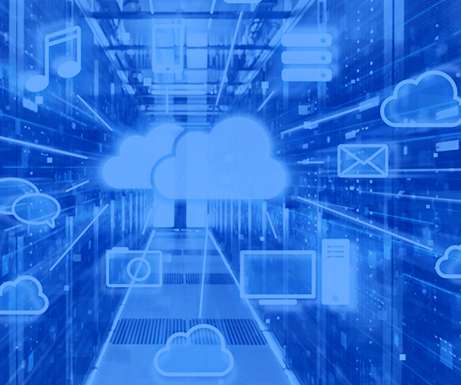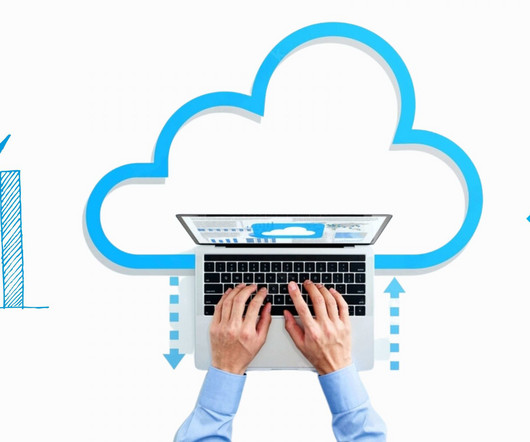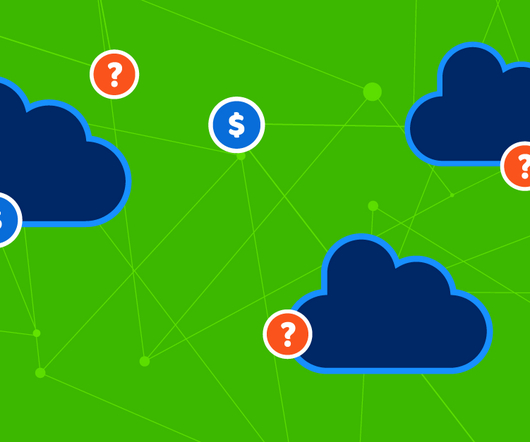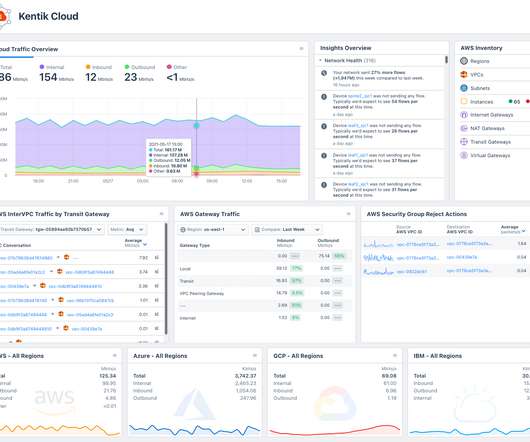Understanding the Future of the Data Center Edge
Dzone - DevOps
MAY 4, 2020
With the adoption of Kubernetes and microservices, the edge has evolved from simple hardware load balancers to a full stack of hardware and software proxies that comprise API Gateways, content delivery networks, and load balancers. The Early Internet and Load Balancers.

























Let's personalize your content